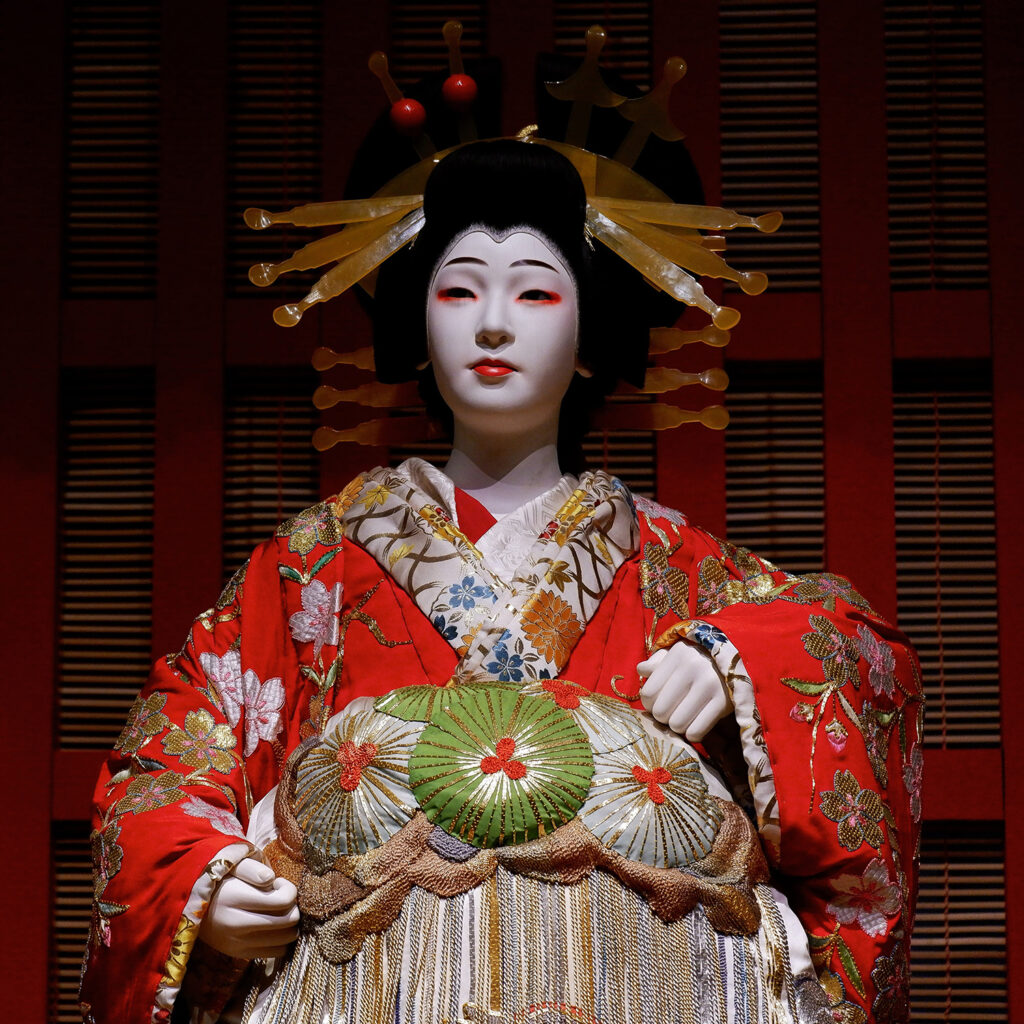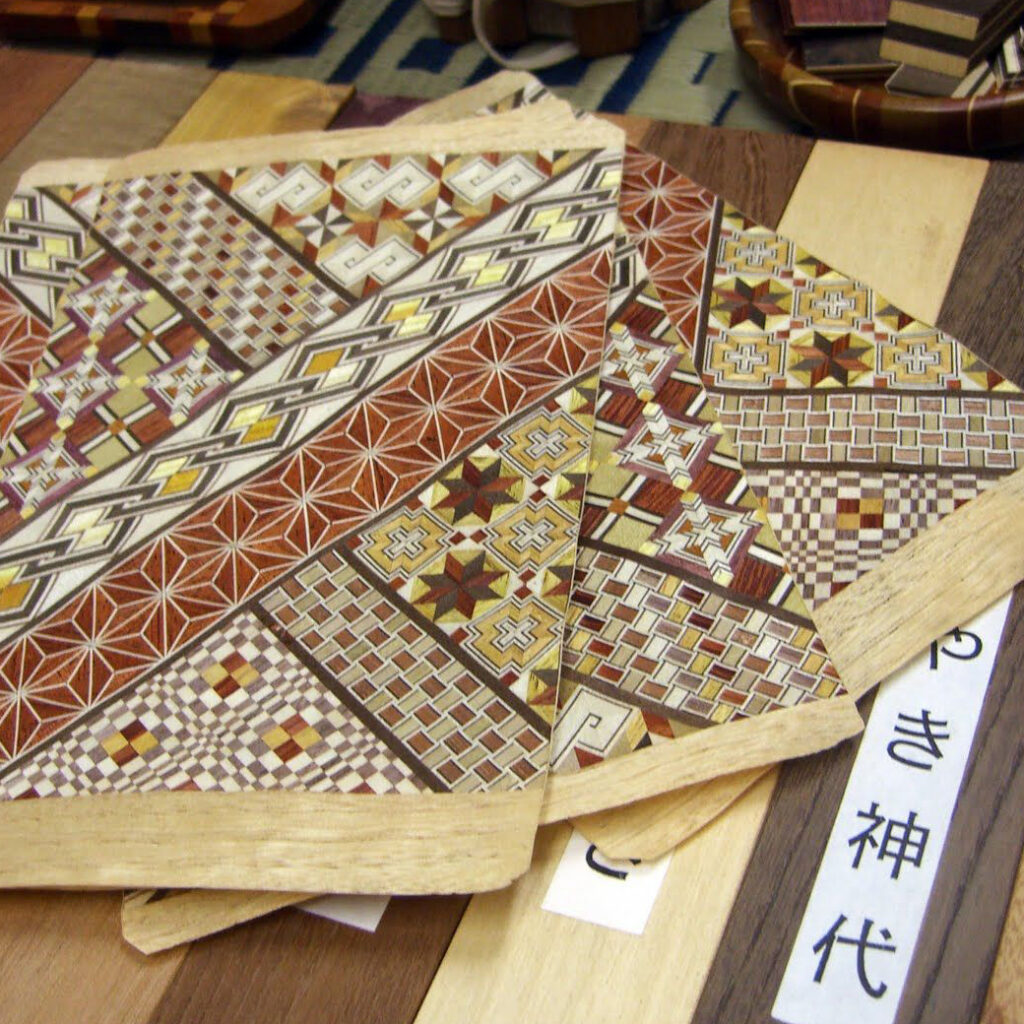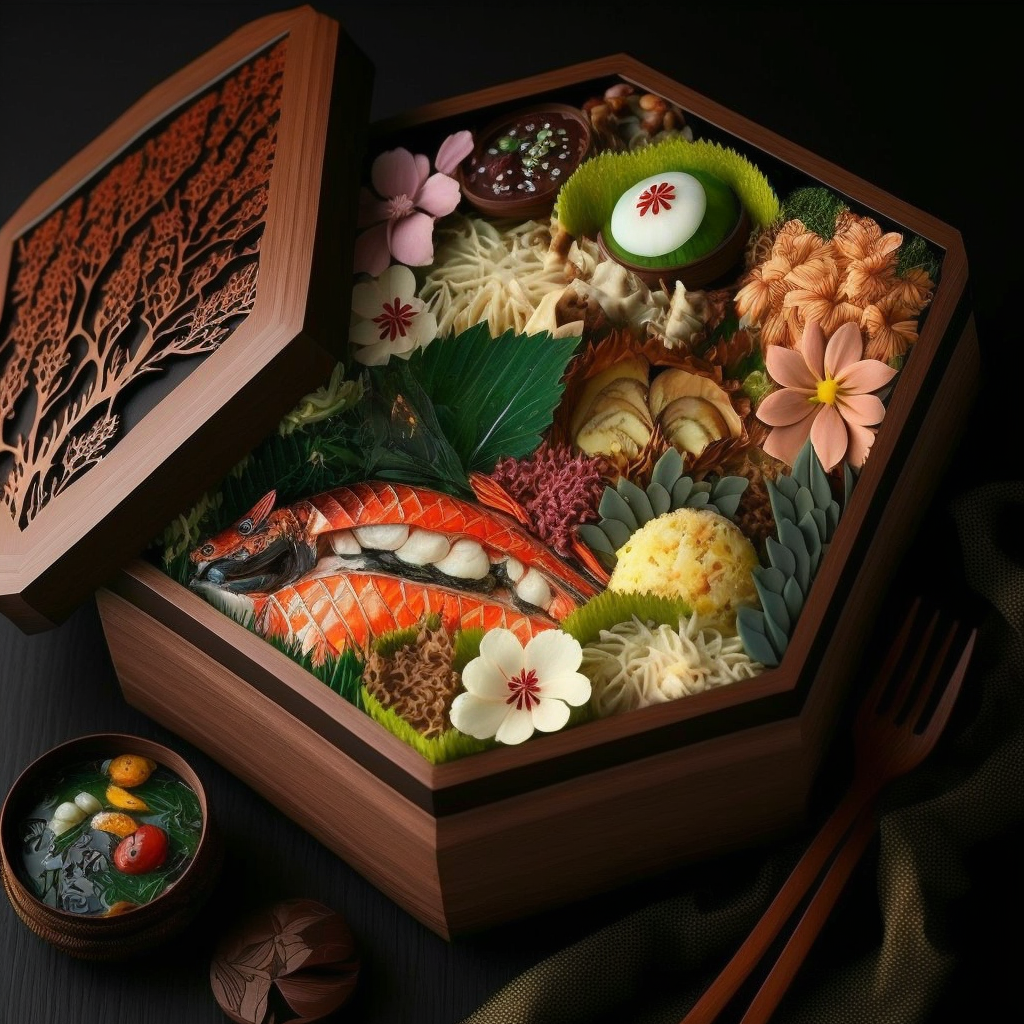Kabuki is a form of traditional Japanese theater that originated in the early 17th century. Kabuki is famous for its elaborate costumes, dramatic make-up, spectacular scenes and haunting music. In this article, we will explore the history and characters of kabuki.
History of Kabuki
Kabuki was created by a woman named Okuni in the early 17th century. Okuni was a Shinto priestess who started dancing and singing on public stages in Kyoto. Her dance was so popular that it quickly caught the attention of other performers and the public. However, Okuni was soon banned from performing in public due to her performances being considered lewd.
As a result, men began to play female roles in plays based on Okuni’s dances. These pieces were called “kabuki odori”, which means “kabuki dance”. Over time, kabuki evolved to include dramatic dialogue and scenes, and actors began to play both male and female roles.
In the 18th century, kabuki became popular entertainment across Japan. Plays were often based on historical stories, legends and folk tales. The actors were early movie stars, with loyal fans and professional rivalries. However, kabuki has also been criticized for its vulgarity and immorality. As a result, the government imposed strict rules on kabuki performances, including banning women from performing on stage.
Over time, kabuki continued to evolve and adapt to social and cultural changes. Today, kabuki is a respected and popular art form in Japan, with professional kabuki troupes performing regularly in major cities.
Kabuki Characters
Kabuki is known for its distinctive characters, many of whom wear elaborate costumes and have exaggerated personalities. Here are some of the most popular kabuki characters:
- Onnagata: Onnagata are male actors who play female roles. They are often considered the stars of kabuki, with devoted fans appreciating their ability to portray female characters with grace and elegance.
- The aragoto: The aragoto are male actors who play heroic male roles. They often wear bulky costumes and have strong, dramatic voices.
- Wagoto: Wagoto are male actors who play softer, more emotional male roles. They are often dressed in simpler costumes and have softer voices.
- The kodomo: The kodomo are child actors who often play children’s roles in kabuki plays. They wear cute costumes and have sweet, innocent voices.
- The tsure: The tsure are secondary characters who often accompany the main characters on stage. They can play comedic or dramatic roles, depending on the play.
- Katakiyaku: Katakiyaku are actors who play villainous roles in kabuki plays. They are often dressed in dark costumes and have loud, menacing voices.
- The jitsugotoshi: The jitsugotoshi are actors who play the roles of historical or contemporary characters. They are often chosen for their physical resemblance to the characters they play.
Each kabuki character has their own personality, their own style of play, and their own distinctive costume. Kabuki actors spend years perfecting their craft, learning the makeup, costume, and acting techniques needed to embody the various characters of the kabuki tradition.



